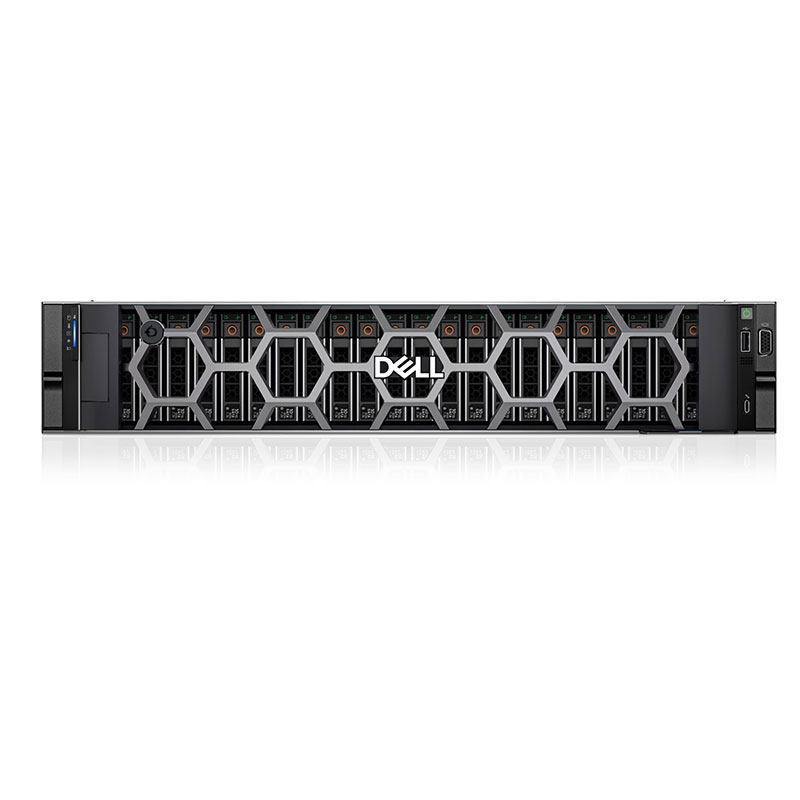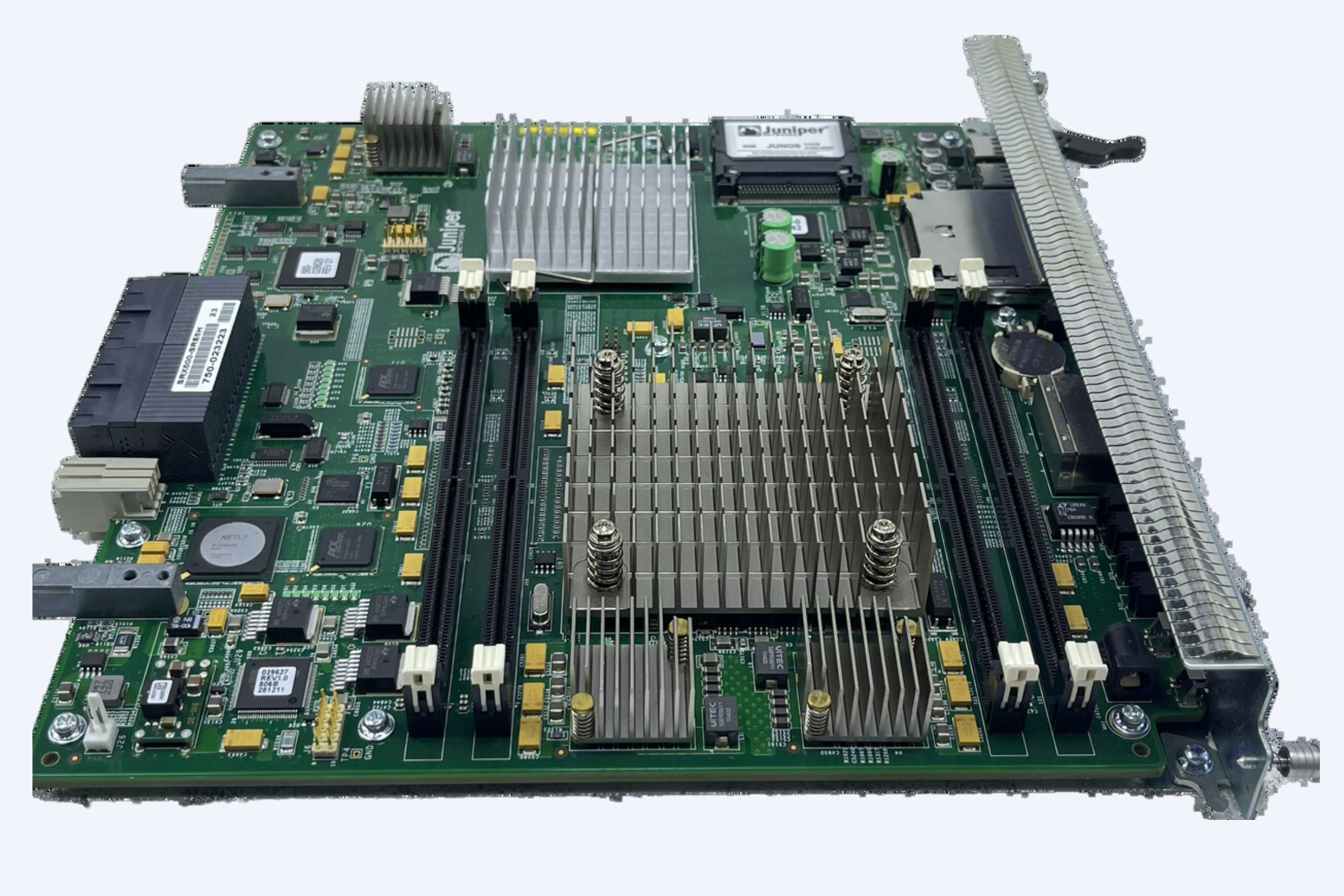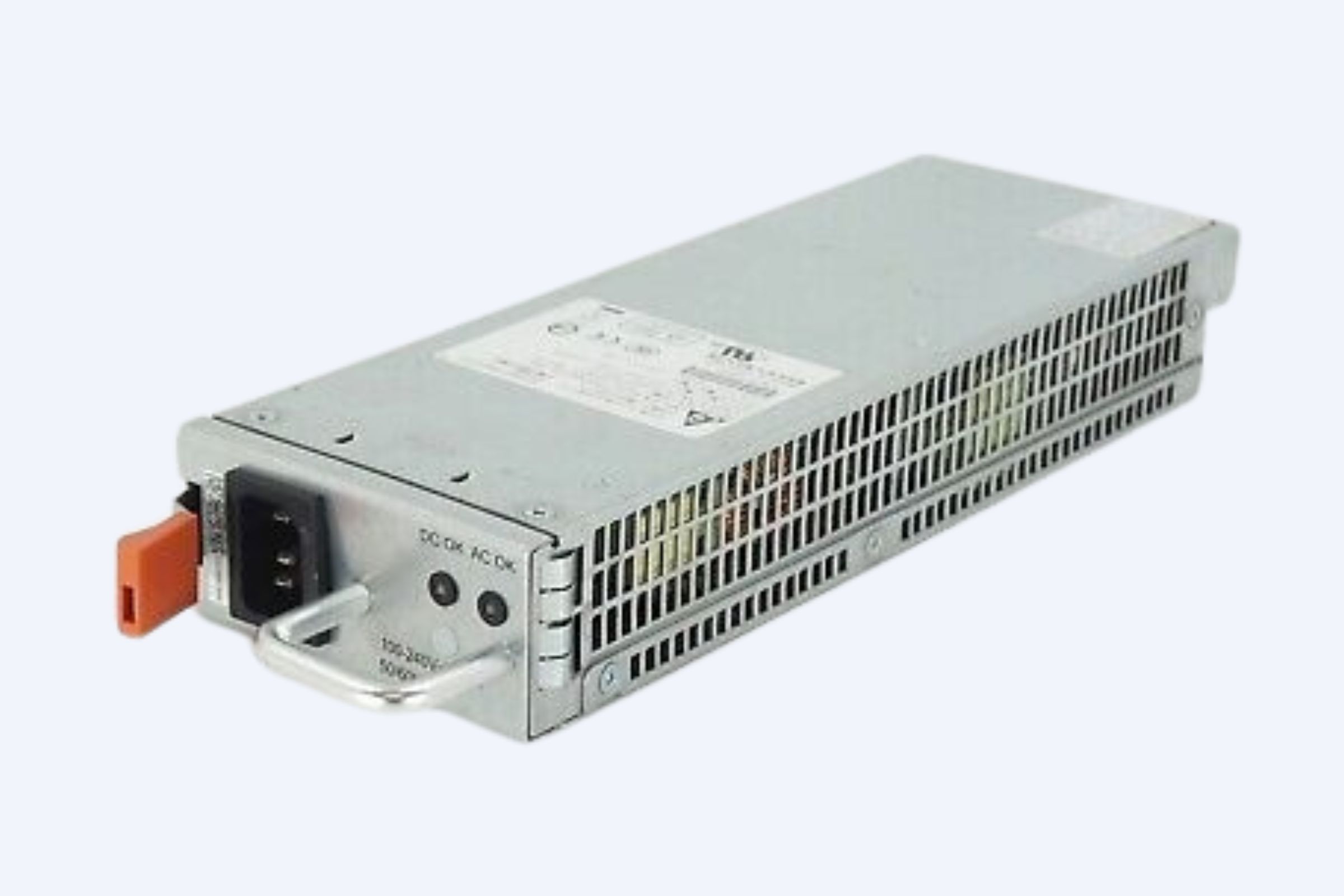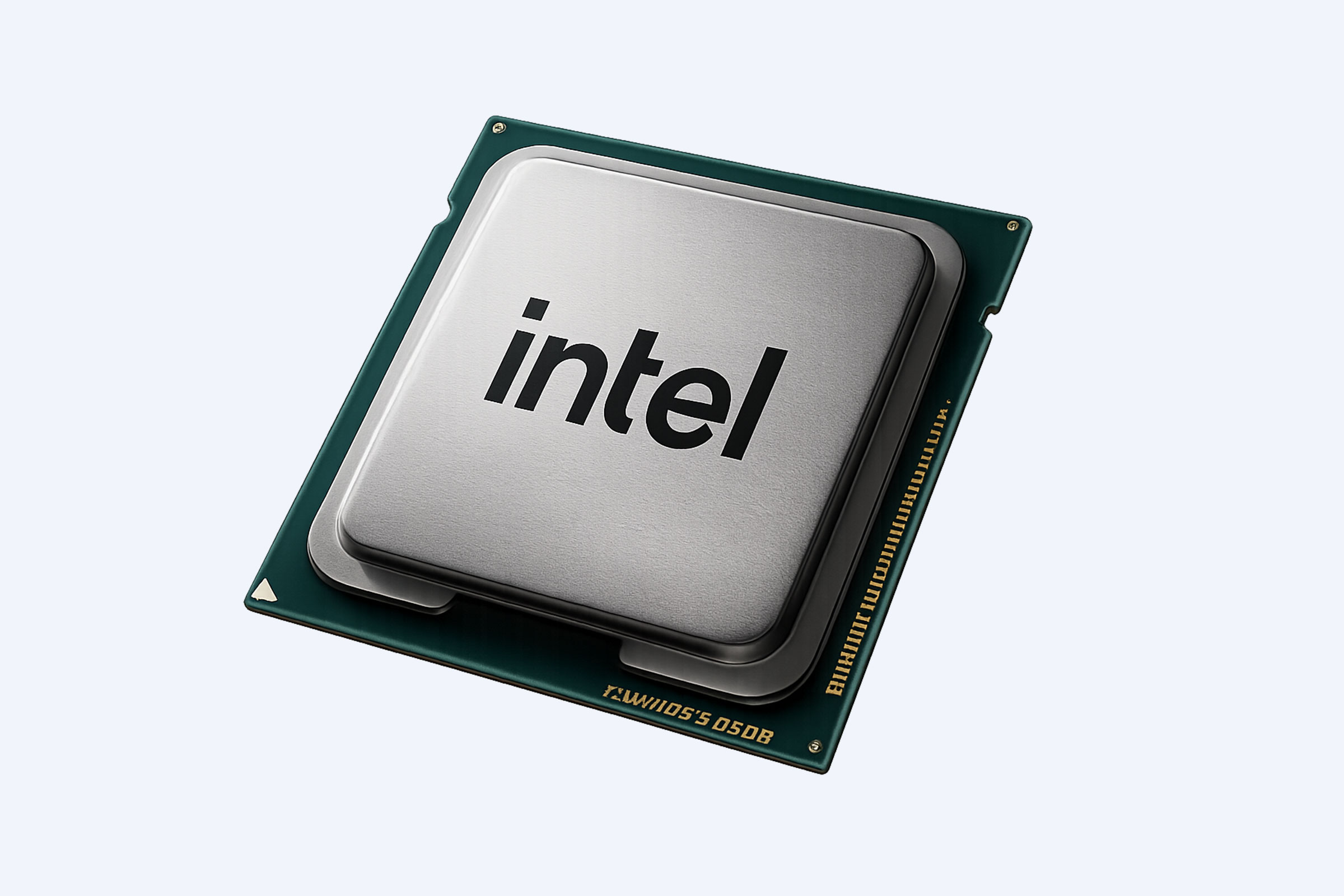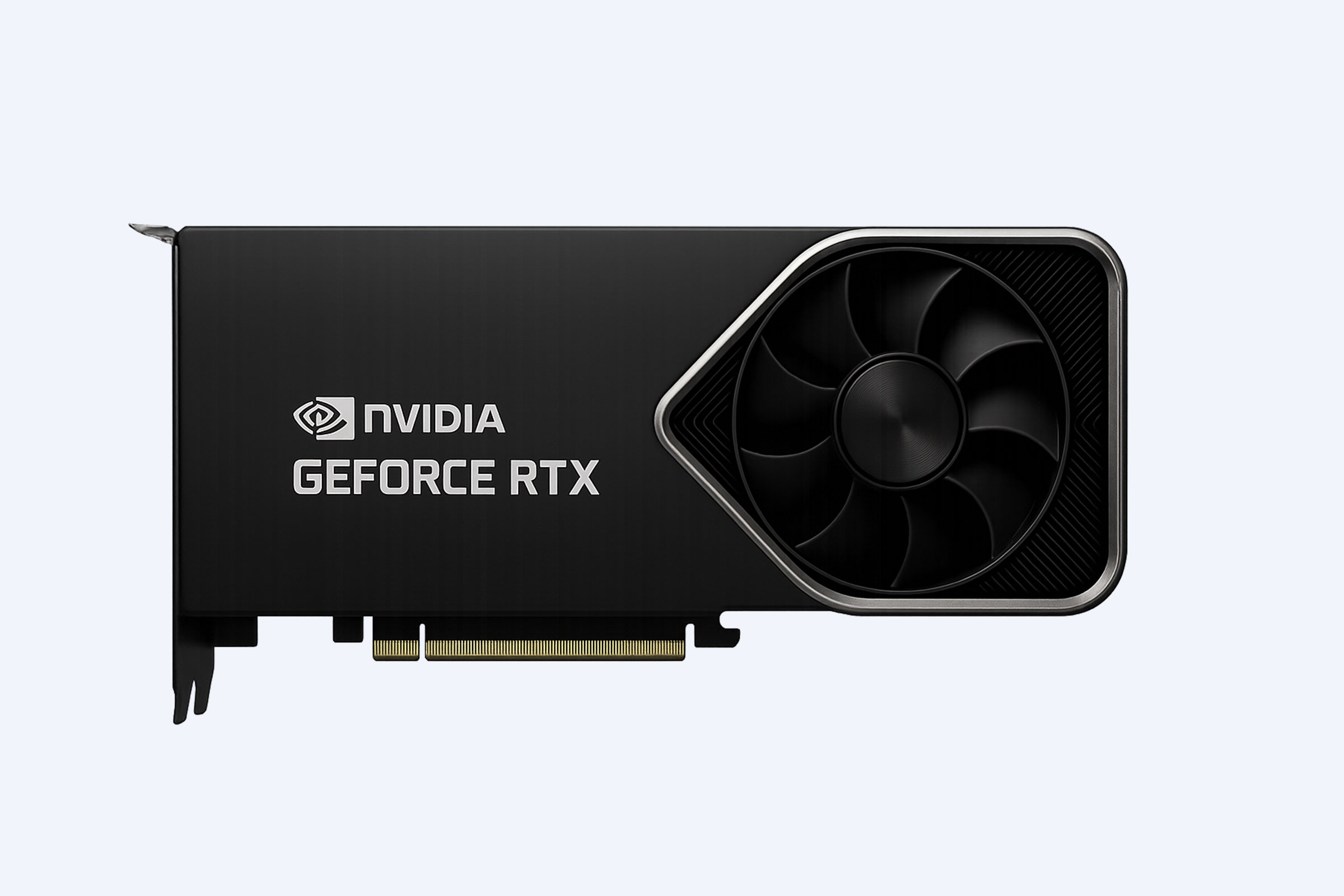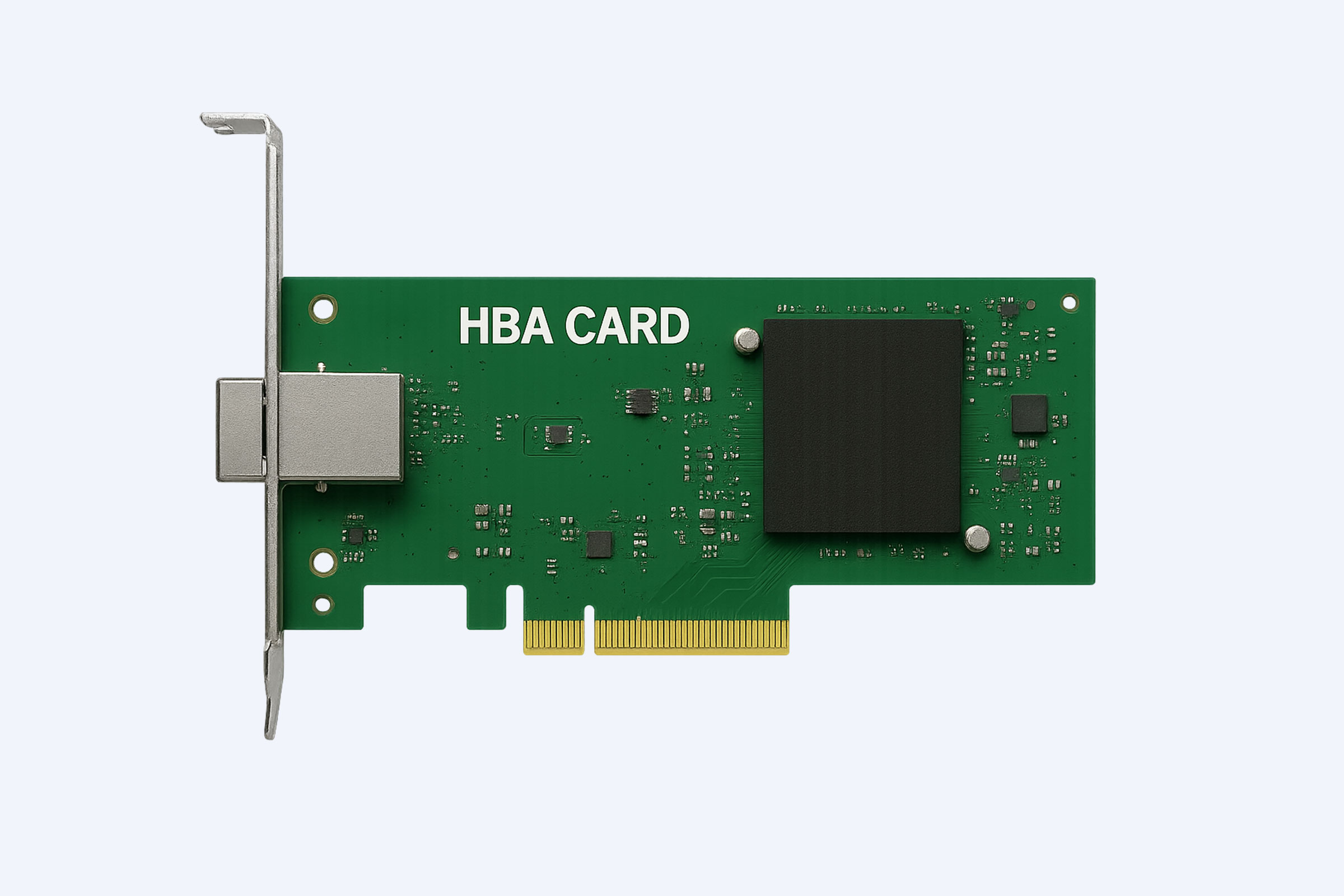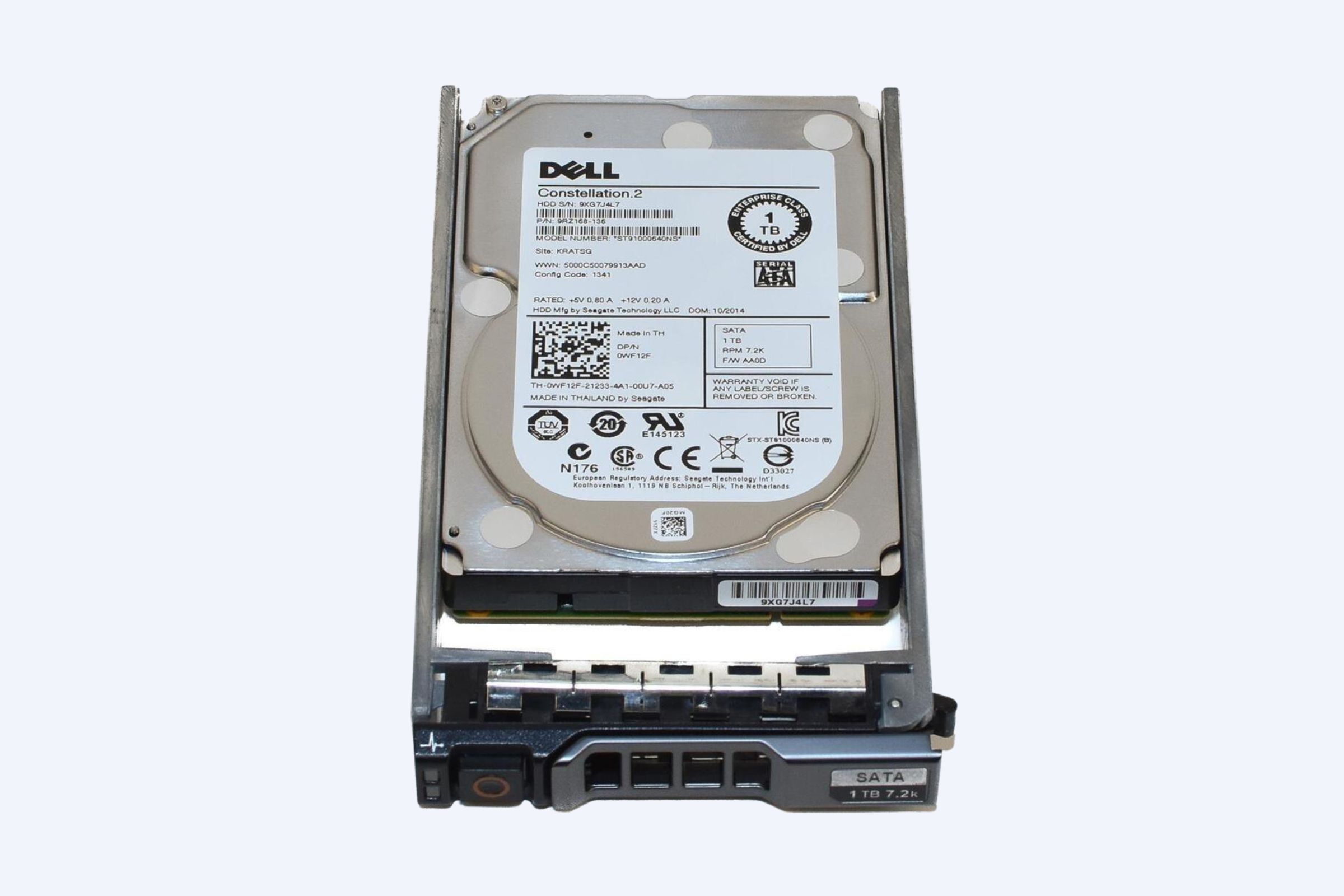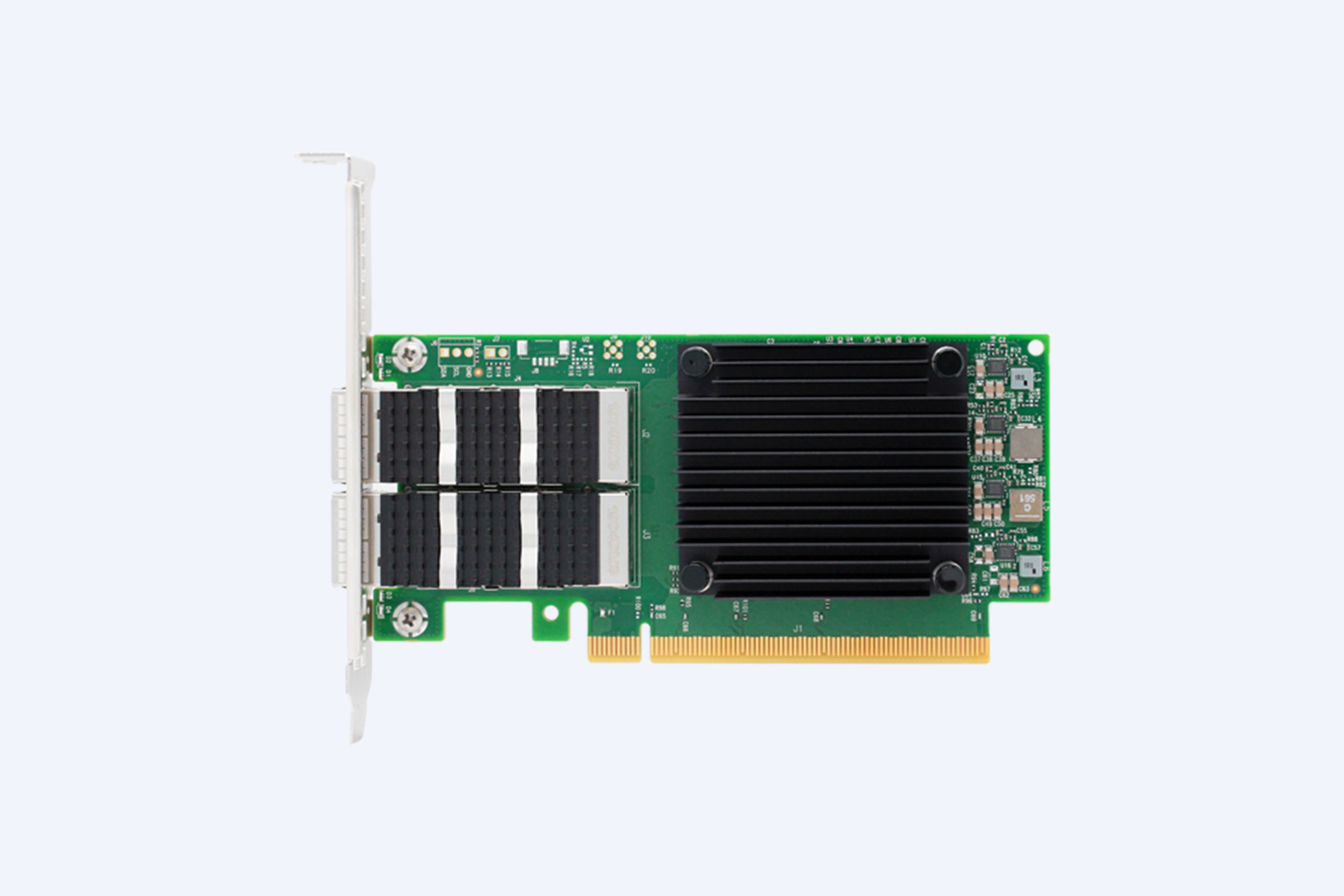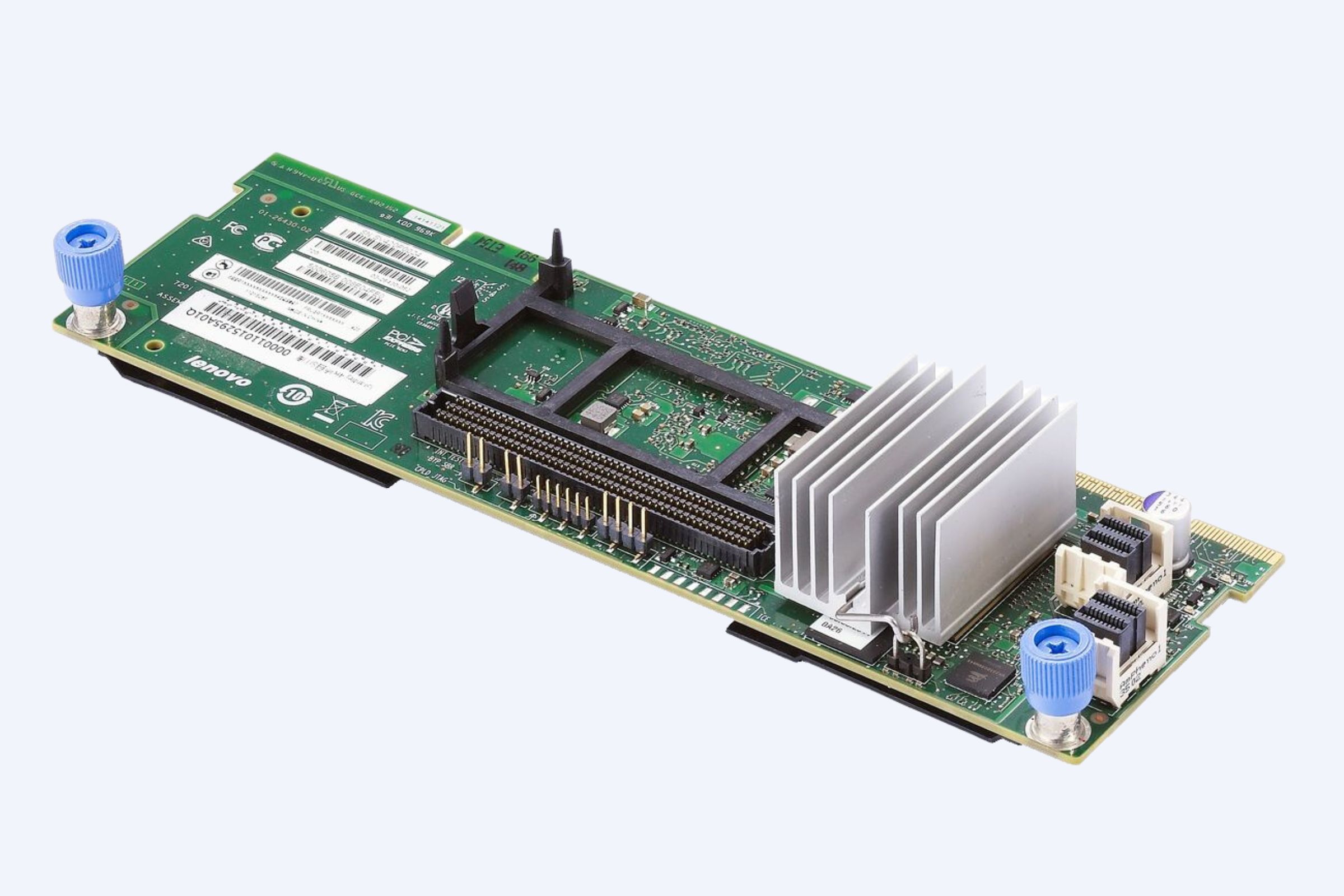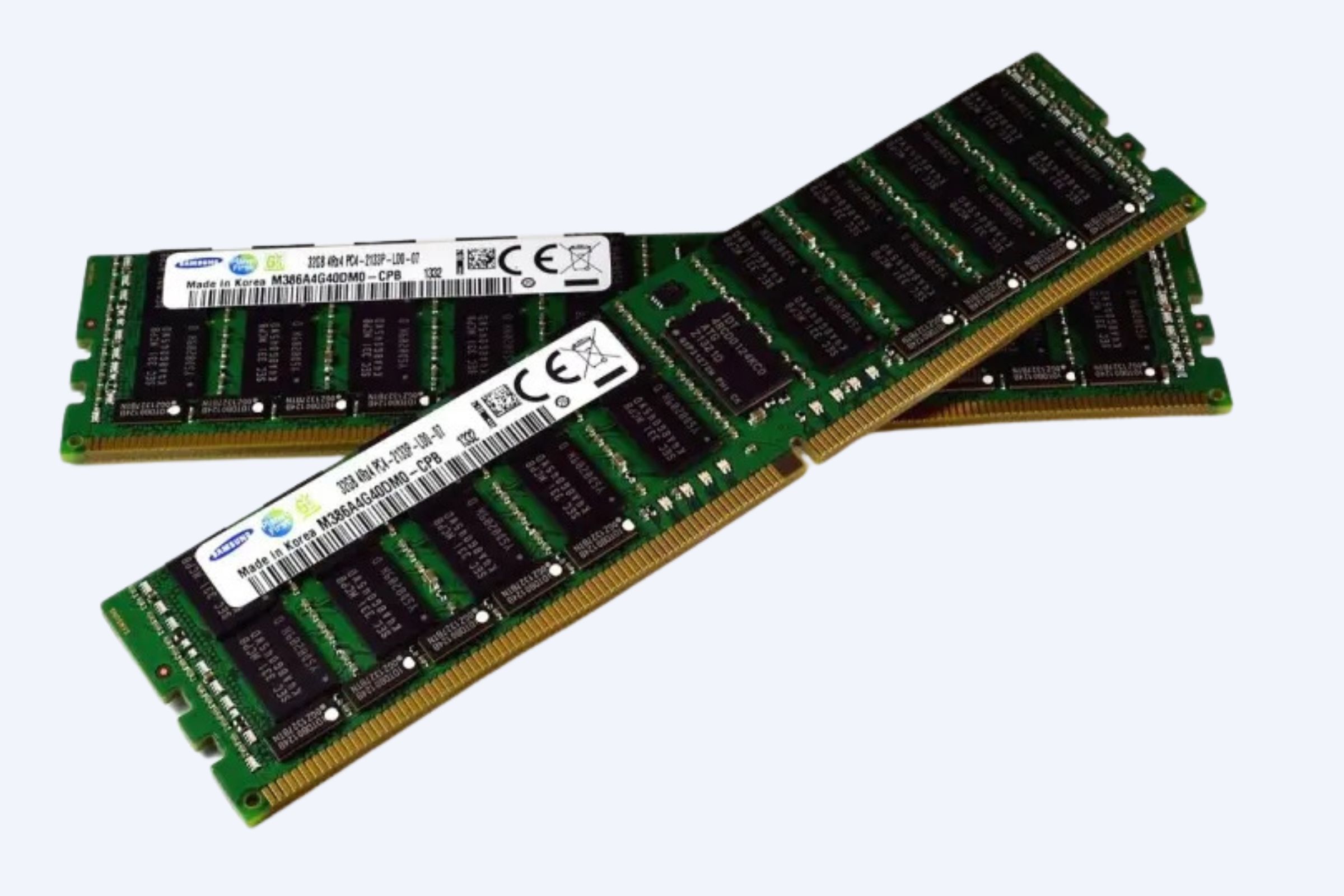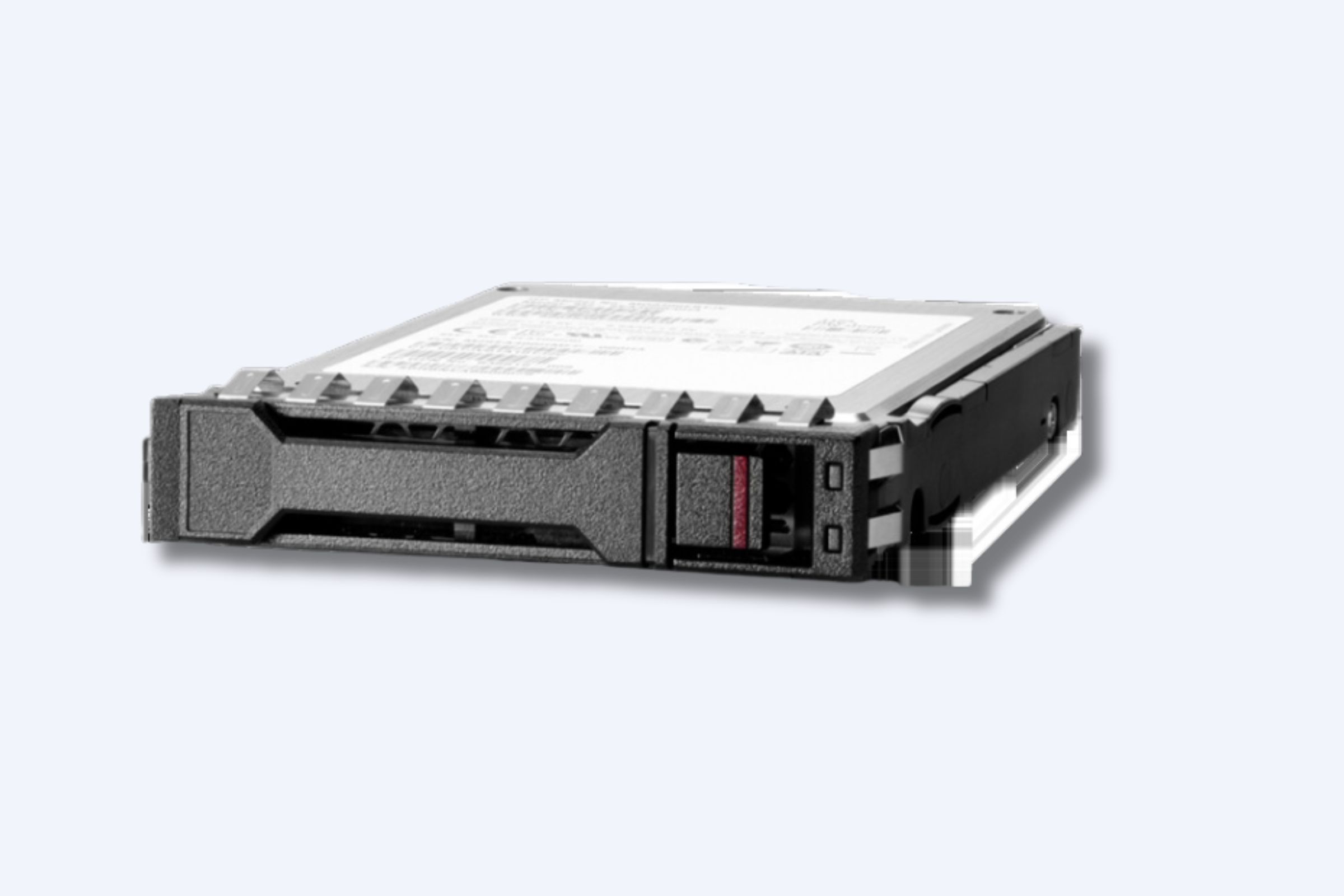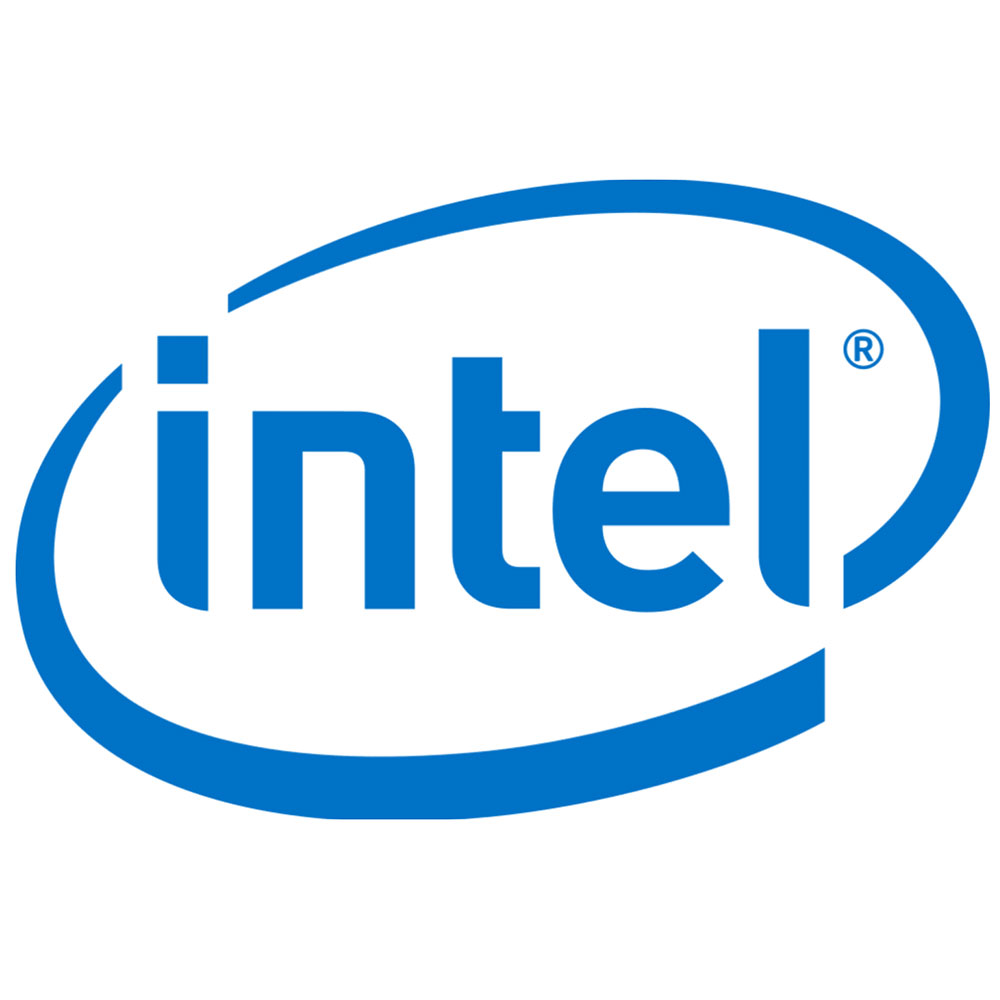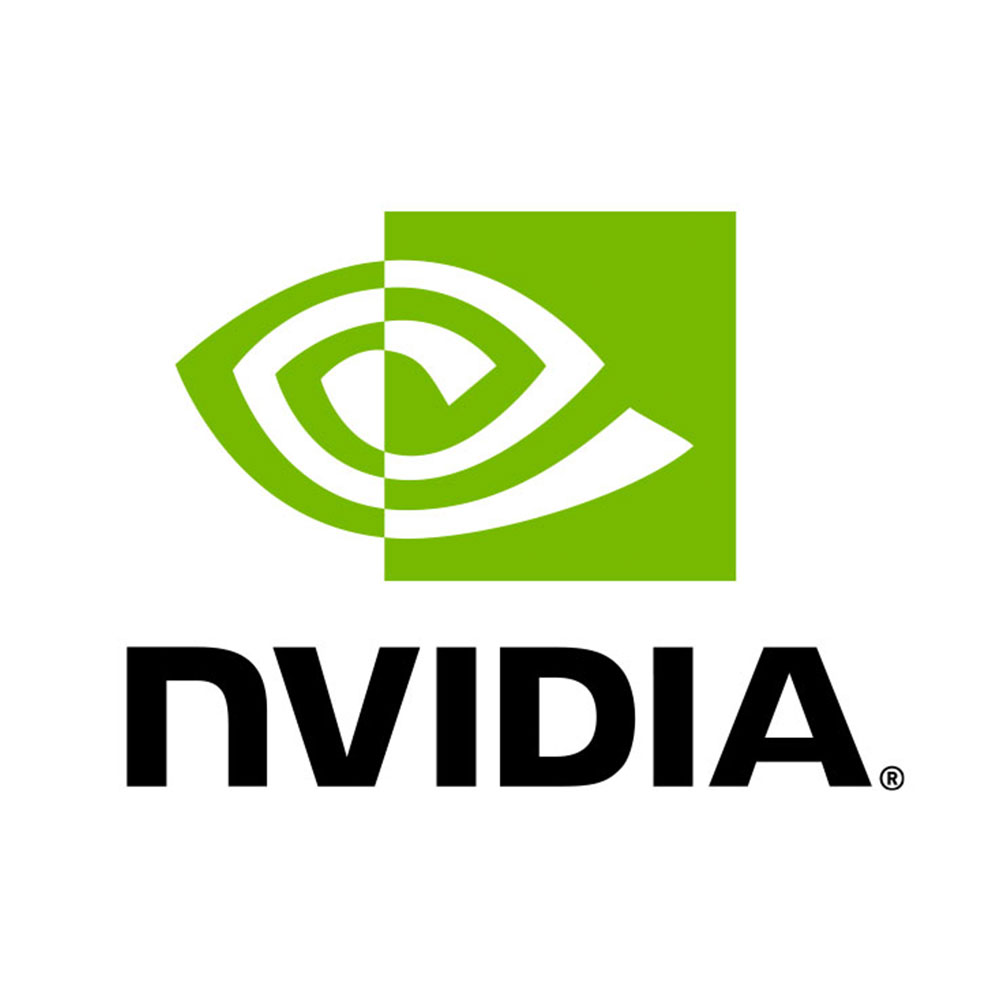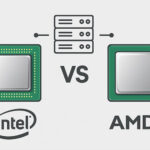Modern servers rely on a combination of critical hardware components to deliver high performance, reliability, and scalability. Below, we explore key server accessories, their roles, and specifications, followed by a comparative summary table.
1. GPU (Graphics Processing Unit)
Purpose: Accelerates parallel computing tasks, AI/ML workloads, and graphics rendering.
Key Features:
- High CUDA/Stream Processors for parallel processing.
- VRAM capacity (e.g., 16GB–80GB HBM).
- Examples: NVIDIA A100, AMD Instinct MI250X.
2. Video Card
Purpose: Handles display output for servers requiring local visualization.
Key Features:
- Basic rendering capabilities for troubleshooting or GUIs.
- Often integrated into server motherboards.
3. CPU (Central Processing Unit)
Purpose: Executes instructions and manages server operations.
Key Features:
- High core/thread count (e.g., 64-core AMD EPYC).
- Clock speeds (2.0–4.0 GHz+).
- Examples: Intel Xeon Scalable, AMD EPYC.
4. RAM (Random Access Memory)
Purpose: Provides temporary storage for active data and applications.
Key Features:
- DDR4/DDR5 modules with ECC support.
- Capacities: 16GB–256GB per DIMM.
- Speeds: 2400–6400 MT/s.
5. HDD (Hard Disk Drive)
Purpose: High-capacity, cost-effective storage for bulk data.
Key Features:
- RPM speeds (7,200–15,000).
- SATA/SAS interfaces.
- Capacities: 1TB–20TB.
6. SSD (Solid State Drive)
Purpose: High-speed storage for latency-sensitive workloads.
Key Features:
- NVMe/U.2 interfaces for faster I/O.
- Endurance ratings (TBW).
- Capacities: 250GB–16TB.
7. RAID Card (Redundant Array of Independent Disks Controller)
Purpose: Manages disk arrays for redundancy, performance, or both.
Key Features:
- Supports RAID 0, 1, 5, 6, 10.
- Cache memory (2GB–8GB) with battery backup.
- Examples: LSI MegaRAID, Adaptec RAID.
8. Network Card (NIC)
Purpose: Connects servers to networks for data transmission.
Key Features:
- Speeds: 1G/10G/25G/100G Ethernet.
- Fiber Channel or copper interfaces.
- Examples: Intel X550, Mellanox ConnectX-6.
9. HBA Card (Host Bus Adapter)
Purpose: Connects storage devices (e.g., HDDs/SSDs) to the server.
Key Features:
- SAS/SATA interfaces.
- Supports JBOD configurations.
- Examples: LSI SAS HBA, Broadcom 9400.
10. Power Adapter
Purpose: Delivers stable power to server components.
Key Features:
- Redundant, hot-swappable units.
- 80+ Platinum/Titanium efficiency ratings.
- Wattage: 500W–3000W+.
Comparison Table of Server Hardware Accessories
| Component | Purpose | Key Parameters | Example Models/Specs |
|---|---|---|---|
| GPU | Accelerate compute/AI tasks | CUDA cores, VRAM, TDP | NVIDIA A100, AMD Instinct MI250X |
| Video Card | Display output | Basic rendering, ports | Integrated motherboard GPUs |
| CPU | Central processing | Cores, clock speed, TDP | Intel Xeon Platinum 8480C |
| RAM | Temporary data storage | Capacity, DDR type, speed | 128GB DDR5 ECC RDIMM |
| HDD | Bulk storage | RPM, interface, capacity | Seagate Exos 20TB SATA |
| SSD | High-speed storage | NVMe, endurance, capacity | Samsung PM9A3 7.68TB U.2 |
| RAID Card | Disk array management | RAID levels, cache size | LSI MegaRAID 9460-16i |
| Network Card | Network connectivity | Speed, interface type | Mellanox ConnectX-6 100G |
| HBA Card | Storage connectivity | SAS/SATA support, lanes | Broadcom 9400-16i |
| Power Adapter | Power supply | Wattage, efficiency rating | Delta 2000W 80+ Titanium |
Why These Components Matter
- Performance: GPUs, CPUs, and RAM drive computational power.
- Reliability: RAID cards, HBAs, and redundant PSUs ensure uptime.
- Scalability: NICs and storage adapters enable expansion.
By selecting the right hardware accessories, businesses can optimize servers for workloads ranging from data analytics to cloud hosting.



